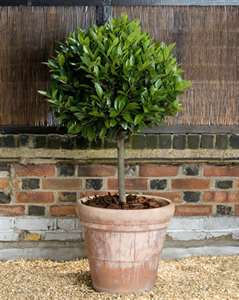There are only a couple of important things to know and to remember, when building an energy-efficient home. These are insulation, air intrusion, thermal mass, and that windows and holes in the walls of the house lose about the exact same quantity of energy.
Insulation is a way of capturing dead air and causing it to slow down the flow of hot energy toward a cold distance. Personally, I would rather utilize blown cellulose insulation. In America, we important the value of insulating material, by giving it an R-factor. The R-factor of insulating material is a reference for the ability of the insulation to impede heat transfer and into the R stands for resistance factor. The R-factor is simply part of this story. Insulation may have a high R factor, however if air moves through it is almost useless. Among those things we do recently, in home construction, would be to use Tyvek, a slender, breathable plastic membrane that stops the wind.
In other states they talk about a U-factor. The U stands for usage factor. And this use factor is merely a combination of an R factor, and an ability to withstand air intrusion. As a result, the use factor is actually more useful than just the R element. As an example, a concrete wall, includes a low R factor and a top U factor if the logs are all made to fit tightly together. A concrete house has a minimal resistance factor, because concrete absorbs thermal energy easily. To correctly insulate a concrete wall, an individual ought to insulate the exterior of the wall. And that brings us mass.Windows really are a great energy waster. A thermopane window includes a resistance factor of about two or three including the airspace. The more windows a house has the more expensive it is to heat. Triple pane windows have a resistance factor of about five. A drapery completely covering a window will raise the immunity factor to approximately 20. Therefore drawn draperies will considerably boost the insulating ability of a home.
Thermal mass is simply the total amount of weight which reaches a particular temperature and wants to stay at that temperature. For example, I home with a brick floor, and lots of novels and heavy furniture, has a lots of thermal mass. After a house with lots of thermal mass reaches a comfortable temperature it has a tendency to stay that temperature for quite a while, even as soon as they heat or air-conditioning stops. Offices generally have high thermal mass. It requires a lot of power to change the temperature of nitric oxide. Thus, an individual should leave the thermostat at exactly the exact same temperature, not transfer it up and down. Turning down the thermostat at night and turning it back up during the day wastes energy.
For more information about your home, visit us at Independent-Painting.com.






